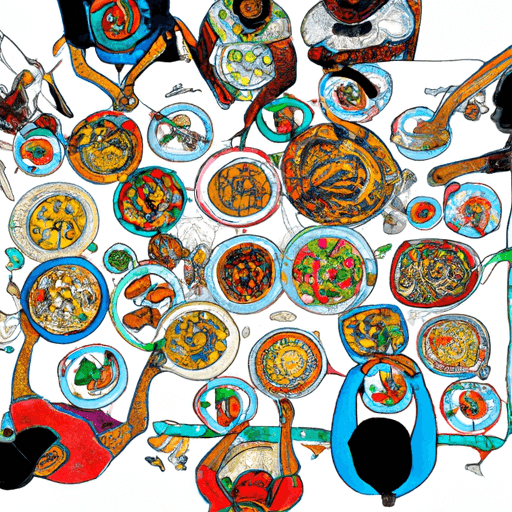Impact of Street Art on Shaping Modern Day Pop Culture
Street art, once seen as a mere act of vandalism, has become one of the major influences on modern pop culture. Varying from large scale murals to subtle stencils, street art has left its indomitable imprint on music, fashion, film, and society at large. This unique form of art has transcended beyond concrete streets into the very psyche of contemporary culture.
From Street Corners to Galleries: The Evolution of Street Art
The roots of street art can be traced back to the 1970s, where it began as a form of expression for marginalized communities. Often regarded as the voice of the voiceless, street art quickly expanded from a niche medium to a global phenomenon. The inherent rebellious spirit of street art has enabled it to challenge the conventional norms of art, thereby giving birth to a fresh, unconventional perspective.
The Influence of Street Art: Music, Fashion, and Film
There is a widespread consensus among artists, pop culture experts, and critics that street art has played a pivotal role in reshaping pop culture. Street art has directly influenced the aesthetic of music videos, album covers, and stage design. Prominent musicians have used street art to visually convey their messages.
Fashion, another critical component of pop culture, has also been impacted. Street art's vibrant colors, bold patterns, and social messages have found their way onto catwalks around the world. Street art has become synonymous with urban wear, influencing major fashion brands to incorporate this art form into their designs.
In the realm of film, street art has been used as a powerful medium to set the visual tone and convey underlying themes. Numerous films and television series have used street art as part of their narrative, contributing significantly to their storytelling fabric.
Key Artists and Their Notable Works
Street artists such as Banksy, Shepard Fairey, and Keith Haring have revolutionized the street art scene. Banksy's satirical pieces often carry strong social and political commentary, effectively raising awareness about important issues. Shepard Fairey's iconic Obama ‘Hope’ poster and Keith Haring’s radiant figures are other prime examples of how street art has influenced pop culture.
Defining the Influence of Street Art
The essence of street art lies in its accessibility, honesty, and rebellious spirit. This form of art takes creativity directly to the public, breaking the barriers of traditional art venues. Its bold and brave narratives often challenge societal norms, providing alternative viewpoints on various issues. This fuels its influence on pop culture and enables it to reshape societal attitudes.
As we navigate through the 21st century, the influence of street art on pop culture continues to grow. With its ability to reach and impact a wide audience, street art will continue to inspire, provoke, and reflect the changing tides of contemporary society.




















Comments
Leave a Comment